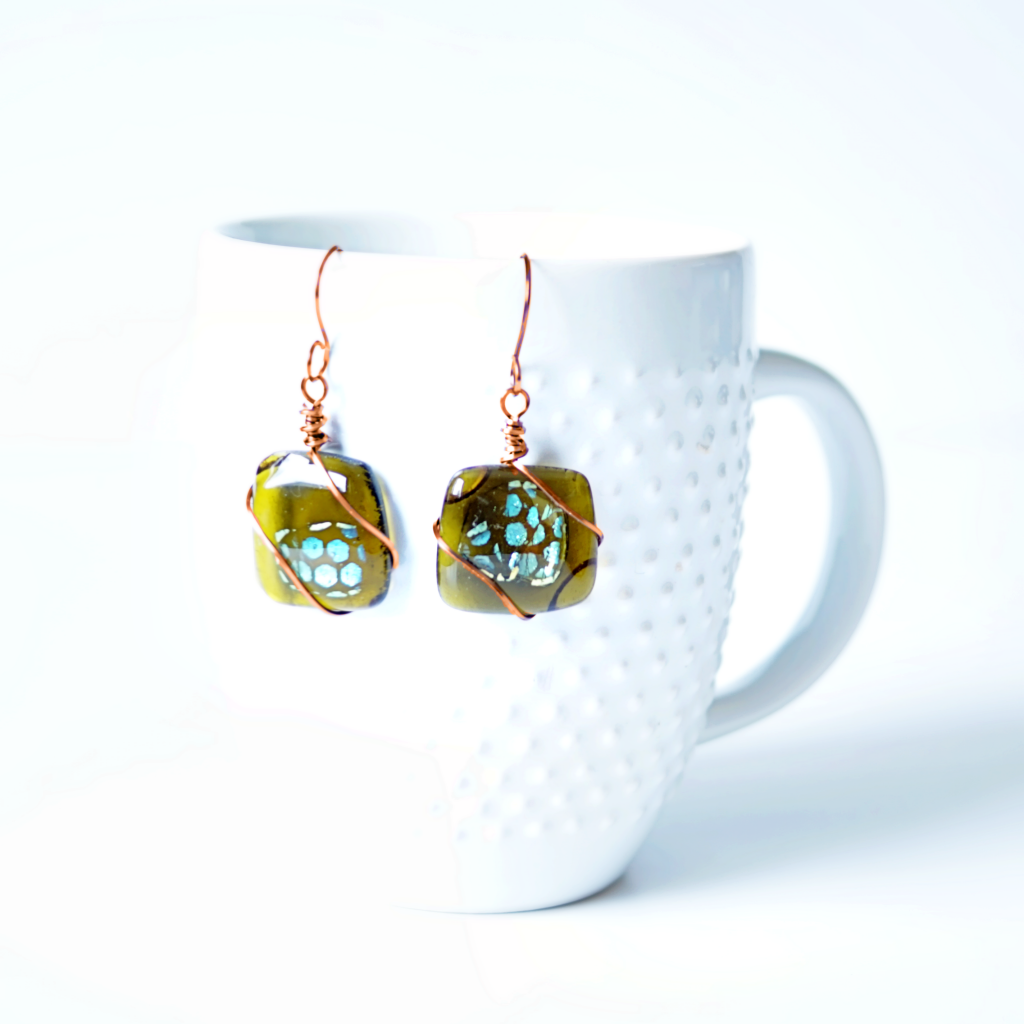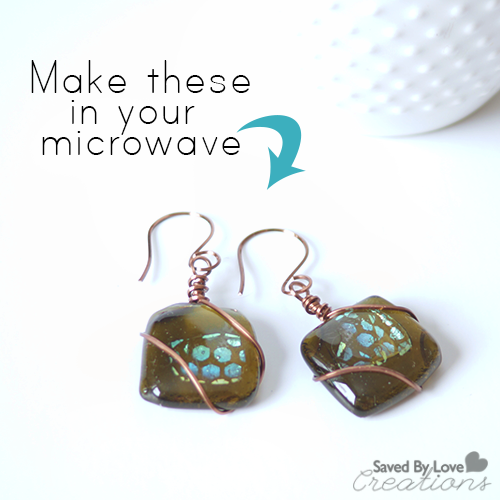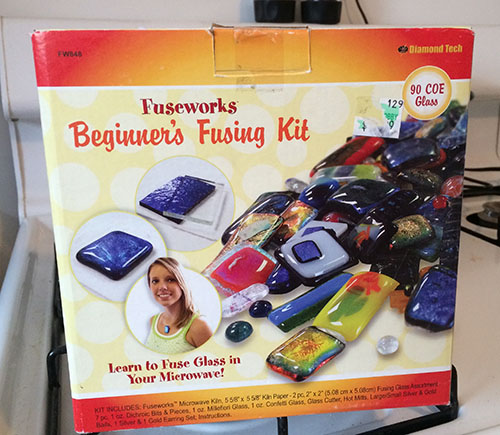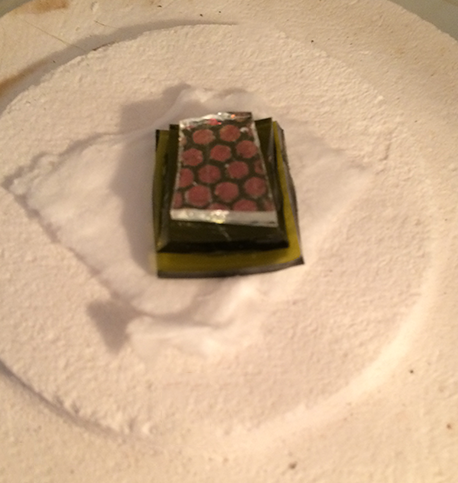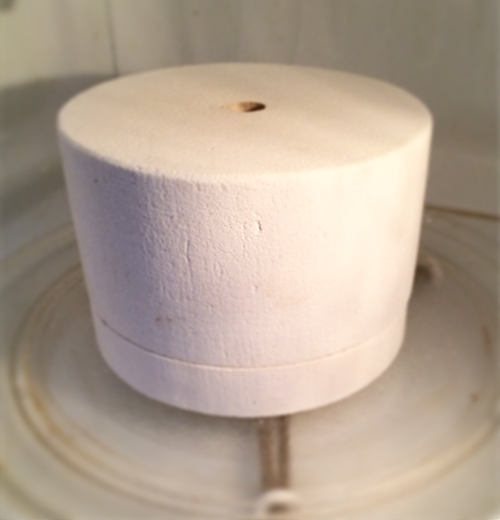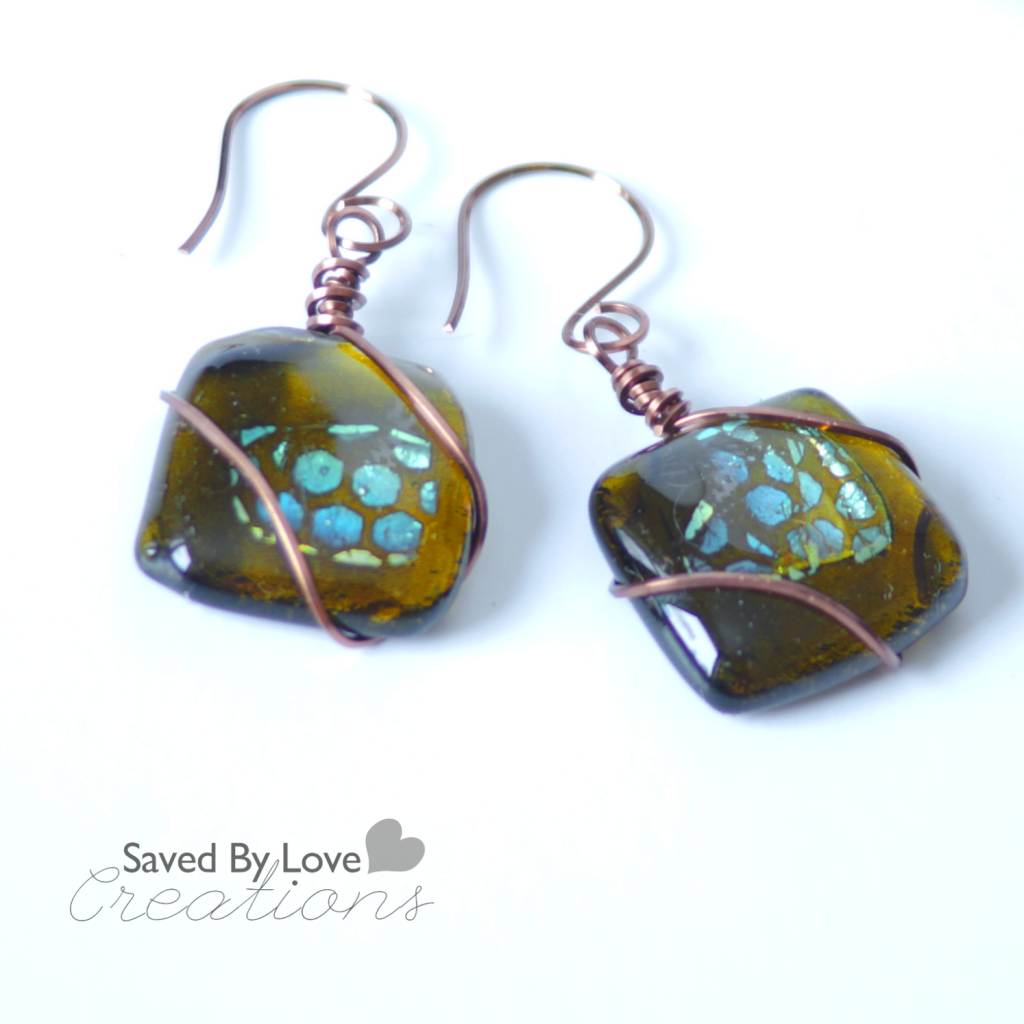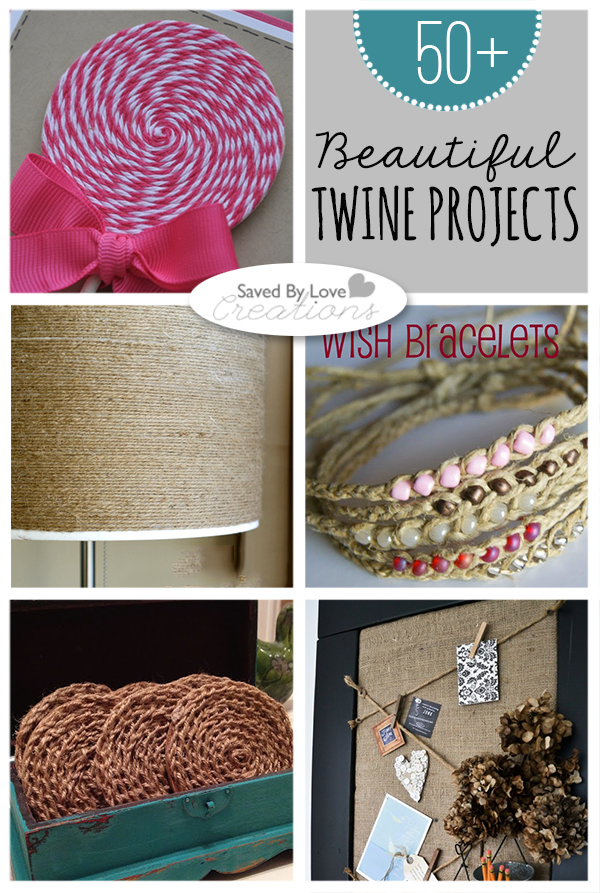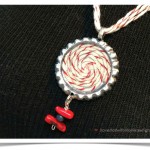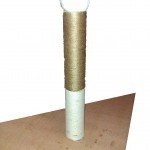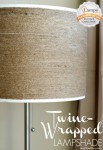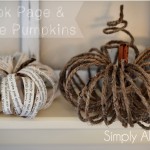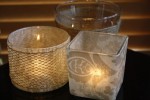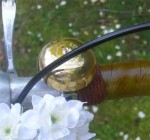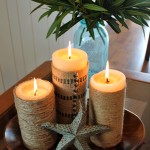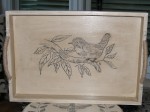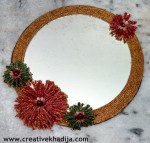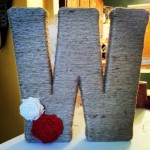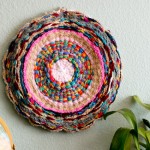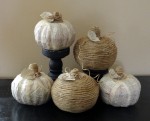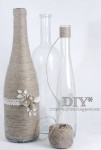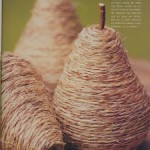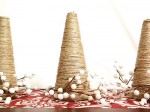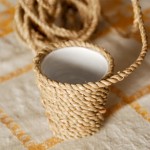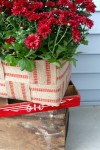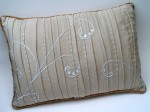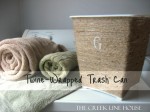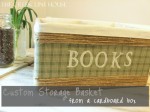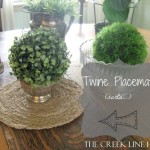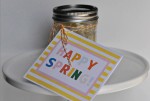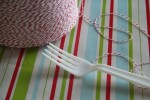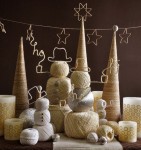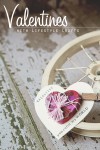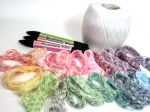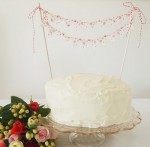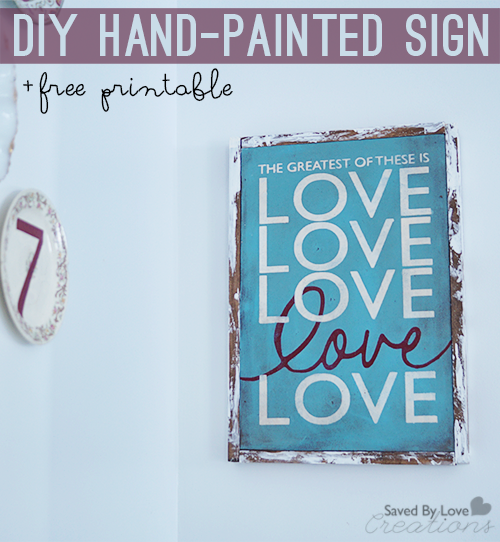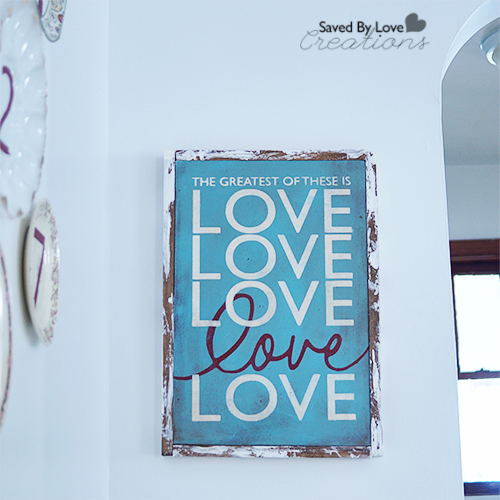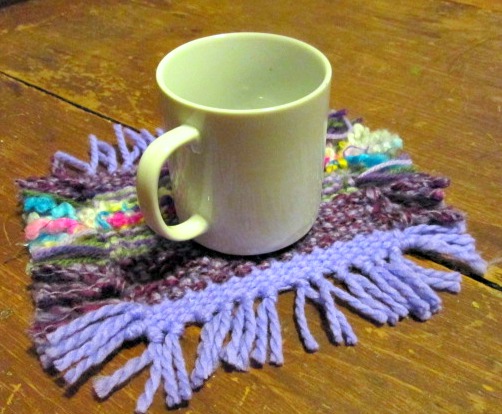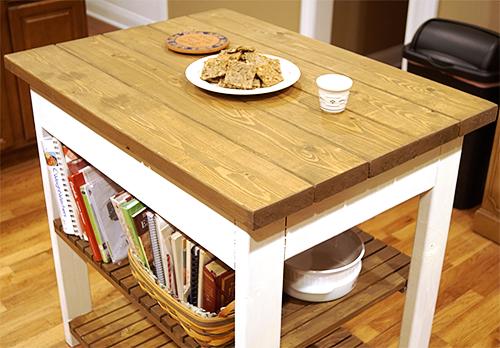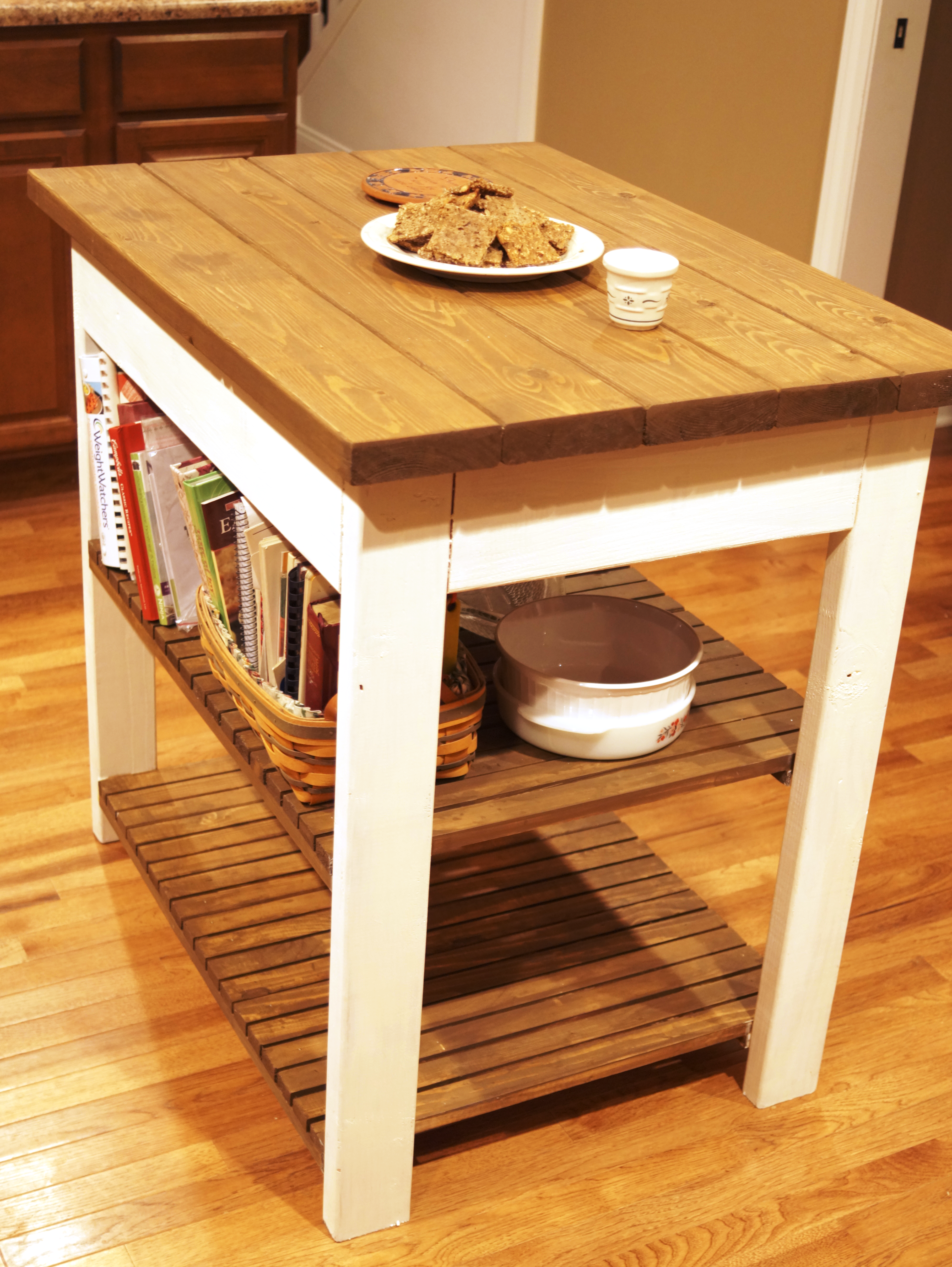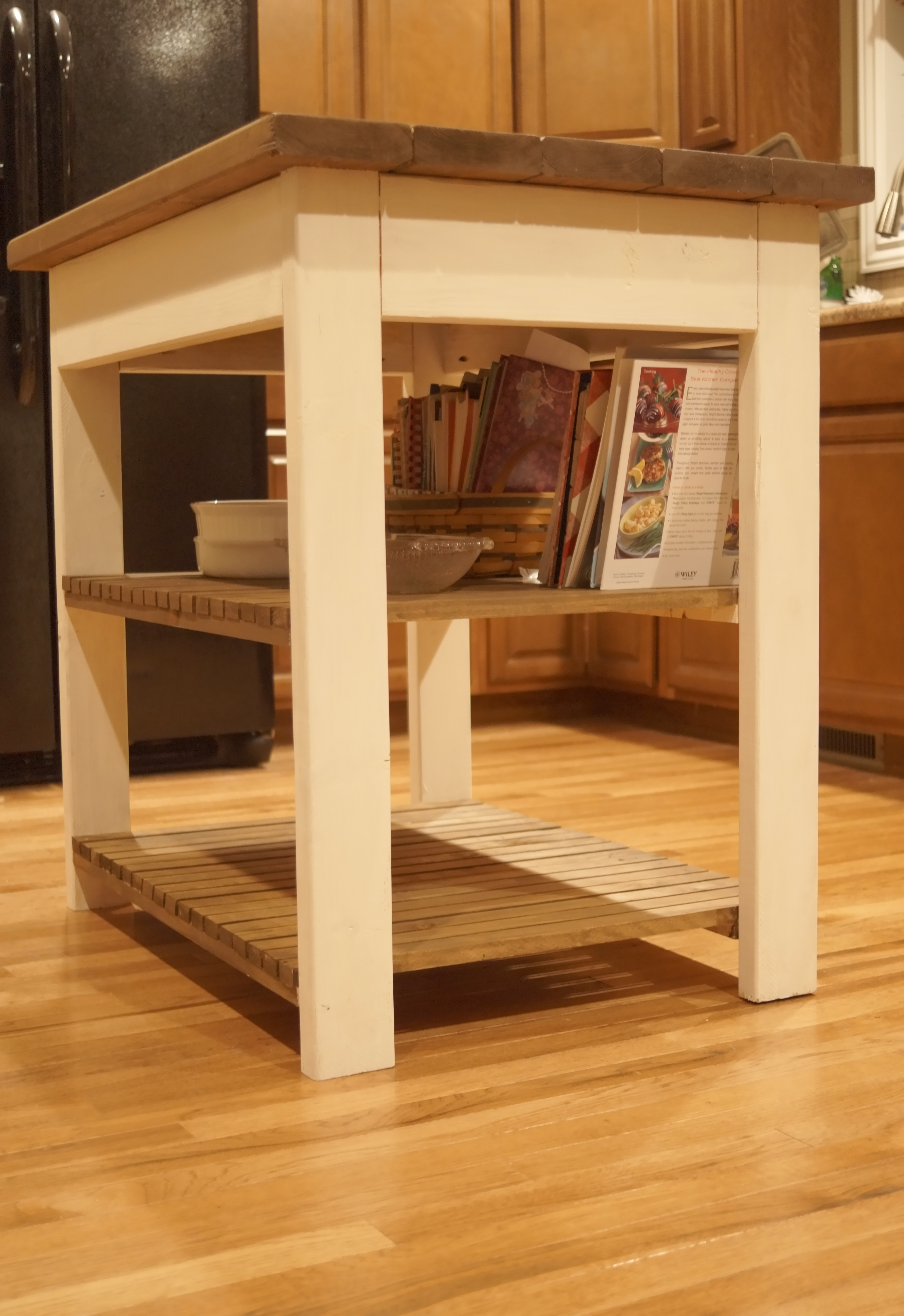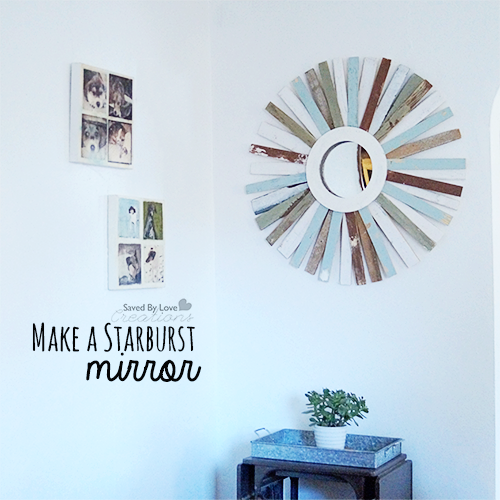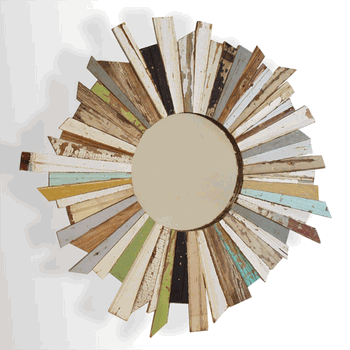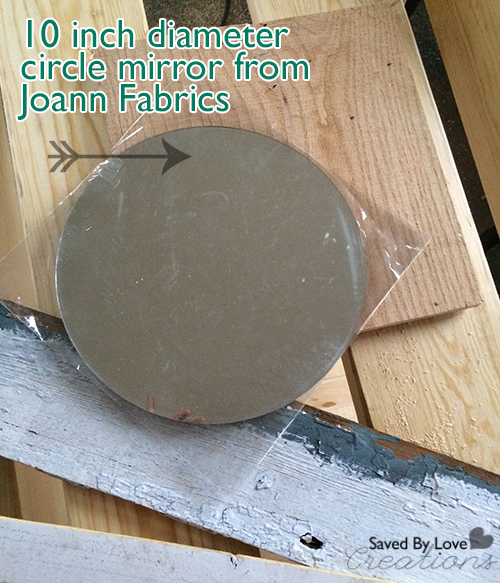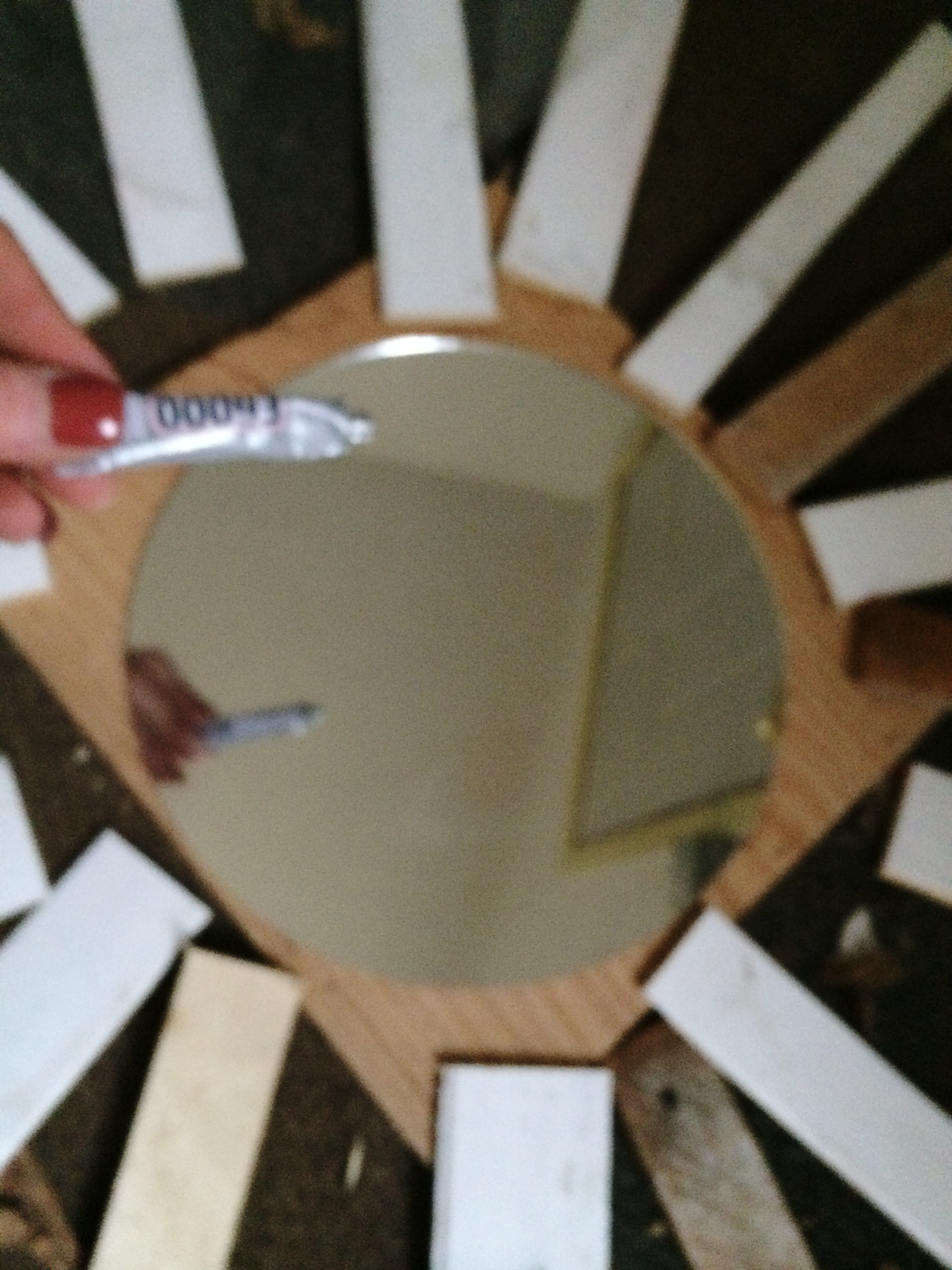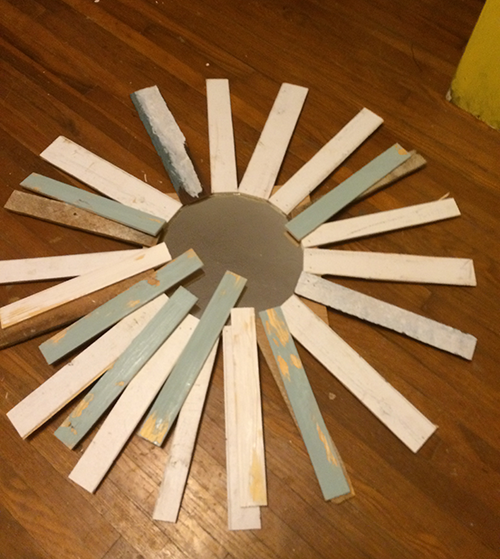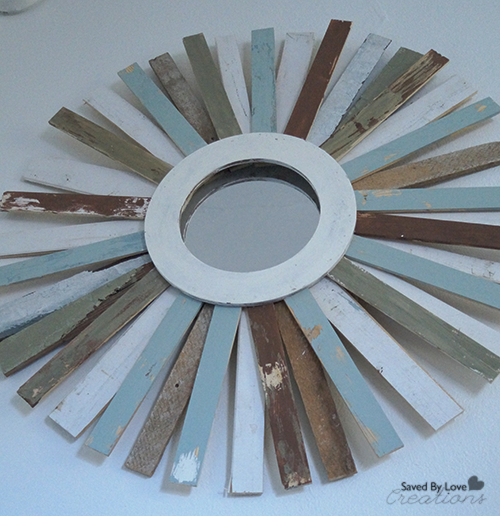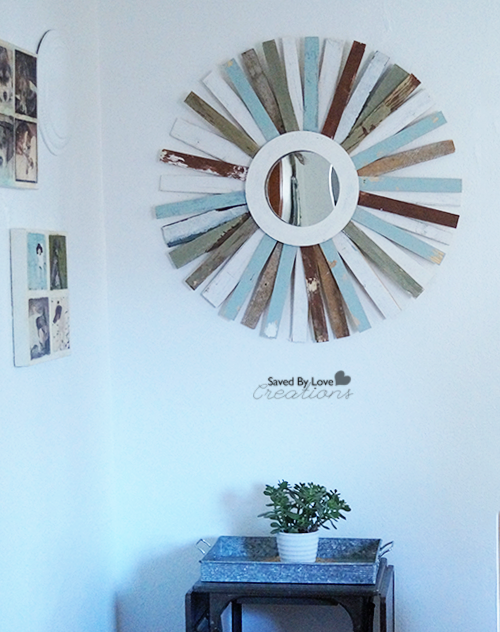This simple and quick Valentine’s Day gift idea from Barbara at Chase the Star is just my kind of project. It would be great as a centerpiece and teacher gift too! Welcome the first contribution from this super creative blogger…
Hey everyone! I’m Barbara from Chase the Star, and I’m thrilled to be a brand new regular contributor! At my blog I write about my adventures in decorating, crafting, cooking, parenting, and all things in between. I love to be creative and but I don’t like to spend too much time or money, so a girl’s gotta improvise, reinvent, and repurpose whenever possible!
It’s just about time to start planning for Valentine’s Day! For my very first post I’m sharing an easy and inexpensive DIY gift idea for a special someone in your life!
DIY Gift Idea for Valentine’s Day

A galvanized mini bucket can be used so many ways! Today we’re going to decorate it and use it to hold ‘conversation hearts’ (or ‘candy’ hearts) for Valentine’s Day:
Materials:
A small bucket (mine was from the thrift store)
Paper (gift wrap, craft paper, newspaper, any type of paper will do)
Decoupage medium (such as Mod Podge)
A small brush
A bag of ‘conversation hearts’
Optional:
Chalkboard cupcake toppers
Ribbon

Step 1:
Cut the paper into pieces that will fit around your bucket.
Step 2:
Decoupage!
Add the paper pieces one at a time by brushing a light coat of decoupage onto the bucket, then gently placing the paper over it, and pressing it firmly with your fingertips. Get it as smooth as possible but don’t worry about it wrinkling, you can fix that later. Let that set for a few minutes, then add another light coat of the decoupage over the entire piece. This time be sure to smooth it out completely with your fingertips, carefully. Allow it to dry for about 30 minutes.

Step 3:
Fill it with the candy hearts, and you can add a cute touch by inserting a chalkboard cupcake topper or any other type of topper! I used these from American Crafts:

To complete the project I tied some satin ribbon in a bow to the handle.

I love this idea for a teacher’s gift, a nice treat for your neighbor, or even to pass out at work! Kids will love this too!
Have you started to plan your crafting for Valentine’s Day?
For more DIY ideas stop by Chase the Star, and follow me on Facebook, Google+, Pinterest, and Instagram!
See you next time!


